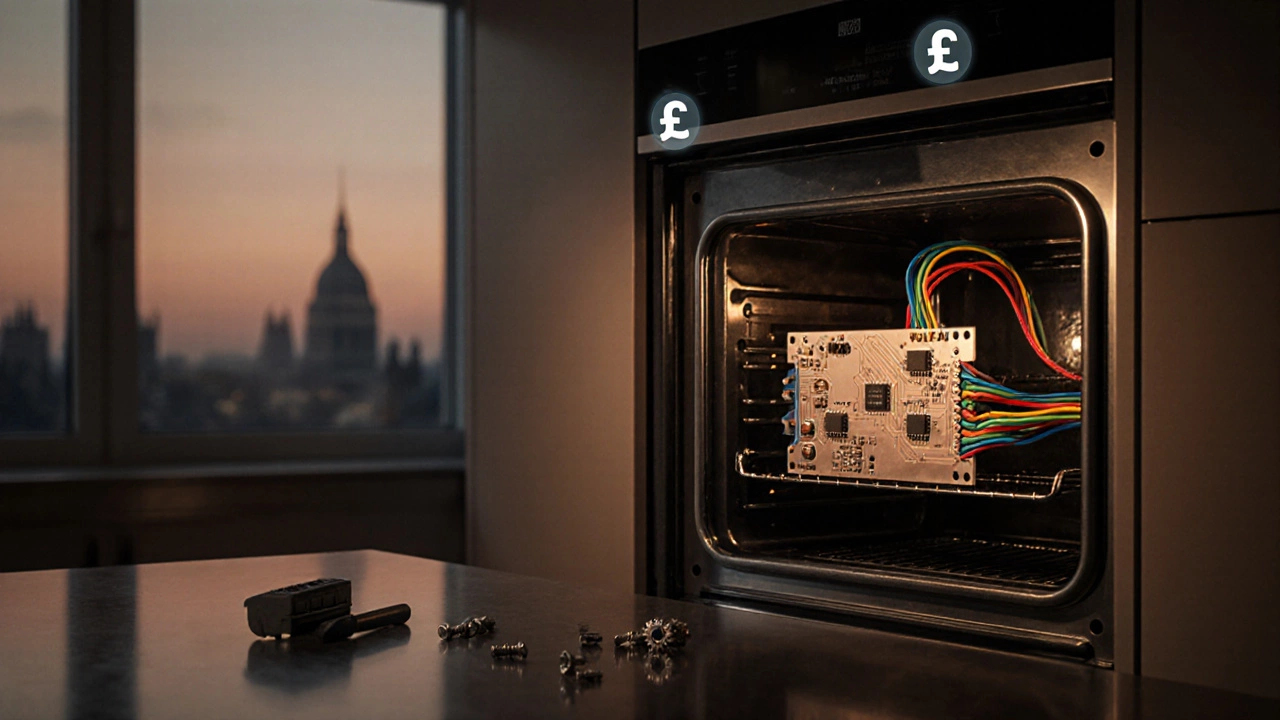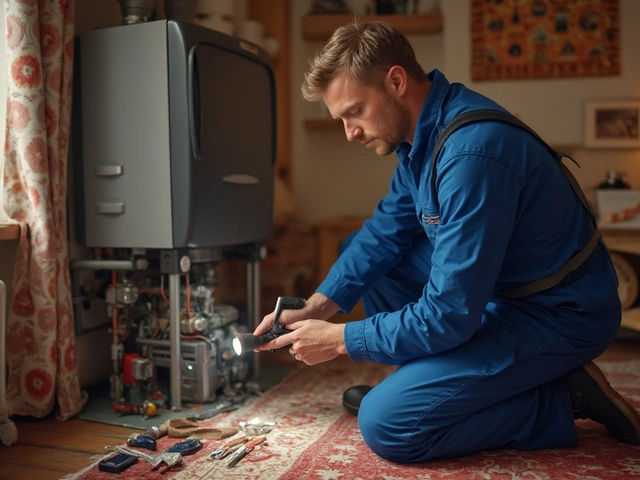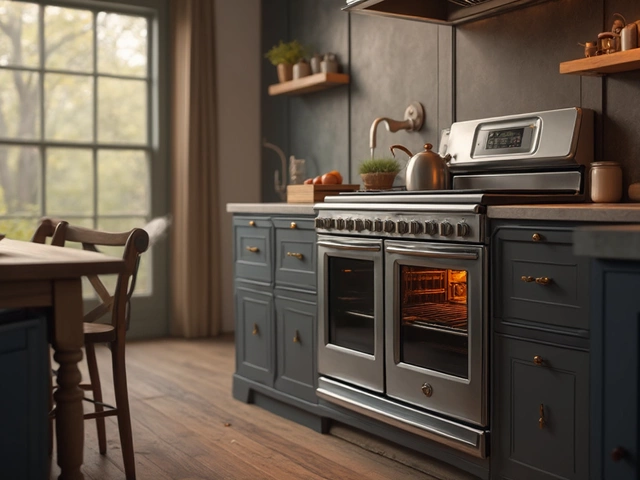When working with replace oven control board, you’re dealing with the electronic heart of an electric oven that controls heating, timing, and safety functions. Also known as oven control board replacement, it dictates how the oven reaches set temperatures and shuts off at the right moment. A faulty board often shows up as inconsistent heat, random error codes, or a completely dead oven. Understanding its role helps you decide whether a DIY swap is safe or if you should bring in a pro.
One of the most common companions of a control board is the oven heating element, the metal coil that actually produces the heat inside the oven cavity. If the element is in good shape but the oven still won’t heat, the board is the likely culprit. Conversely, a burnt element can send false signals to the board, causing it to shut down. Knowing this link lets you test the element first, saving time and money before you pull the board out.
The oven thermostat, a sensor that monitors the oven’s internal temperature and feeds data to the control board, is another key player. A mis‑reading thermostat can trick the board into thinking the oven is already hot, which stops the heating element from turning on. Replacing a thermostat is often simpler than swapping a whole board, so technicians usually check it early in the diagnosis.
When the diagnosis points to the board, a qualified appliance repair technician, a trained professional who handles electrical appliances safely and knows local regulations becomes essential. They bring the right multimeter, replacement parts, and safety gear. Attempting a board swap without proper knowledge can expose you to live voltage, void warranties, or damage other components.
First, always disconnect power – unplug the oven or switch off the circuit breaker. Next, remove the back panel or inner door to expose the electronic module. The board is usually secured with a few screws and connected by plug‑in wires; label each connector to avoid mix‑ups. After the old board comes out, compare the new one’s layout to the old, then reinstall the connectors and fasten the screws. Finally, restore power and run a short bake test to confirm the oven reaches the set temperature and cycles correctly.
During the test, watch for error codes on the digital display. Modern ovens often log a fault code that points directly to the board or a related sensor. If the new board clears the error, you’ve likely solved the problem. If not, re‑check the heating element continuity and thermostat readings – the issue could be elsewhere in the system.
Cost-wise, a control board can range from £80 to £200 depending on brand and model. Labor adds another £50‑£100 if you hire a technician. DIY swaps cut the labor cost but risk damage if you’re not comfortable with electrical work. Many homeowners find the break‑even point at around £150 in parts alone – if the board is cheaper, it’s worth replacing; if it’s pricey, consider a full oven replacement.
Safety tips are non‑negotiable: wear insulated gloves, double‑check that the breaker is off, and never work on a wet surface. Keep a fire‑extinguisher nearby just in case. Also, dispose of the old board responsibly – electronic waste should go to a recycling centre rather than the trash.
Now that you know how an oven control board fits with the heating element, thermostat, and professional repair services, you can approach the issue with confidence. Below you’ll find a curated set of articles covering everything from diagnosing oven faults to estimating repair costs, so you can decide the best path forward for your kitchen appliance.

Learn the typical UK price for an oven control board, factors that affect cost, DIY steps, and when to call a professional in 2025.

Dryers are workhorses in the laundry room, but they aren't immune to problems. This article breaks down the most common issues found in tumble dryers, from weird noises to clothes that just won't get dry. You'll find straightforward explanations for why these problems happen and learn some practical tips to fix or prevent them. Plus, get the inside scoop on when you should call for a pro. Save money, avoid headaches, and keep your dryer running smoother for longer.

Regular boiler servicing is crucial to ensure safety and efficiency in home heating systems. A comprehensive service involves thorough inspections and cleaning, enhancing performance and extending the lifespan of the unit. Areas covered include checking the burner, inspecting the flue, and ensuring controls work correctly. Routine servicing helps prevent breakdowns and identifies potential issues early. Understanding what's involved can help homeowners make informed decisions and maintain reliable heating.

Ever found yourself standing in front of a stubborn washing machine that just won’t cooperate? It can be frustrating, right? This practical guide walks you through the simple steps to reset your washing machine, saving you from unnecessary headaches. From spotting common issues to quick fixes, you'll find all you need to get your washer back on track.

Dealing with a lack of hot water can be incredibly frustrating, especially during colder months. This article provides step-by-step guidance to identify and fix common issues with water heaters, ensuring you can tackle minor problems yourself before calling a professional. By understanding the functionality and common problems associated with water heaters, you can save time, money, and avoid inconvenient cold showers.

Choosing an oven that stands the test of time goes beyond looks and price. This article delves into which oven brands are celebrated for their durability. We'll explore how build quality, materials, and innovative technologies play a role in longevity. Plus, you’ll get insider tips on maintaining your oven for years to come. Discover how to make a smart choice today that benefits you tomorrow.